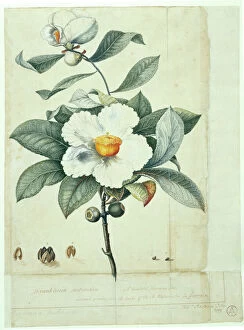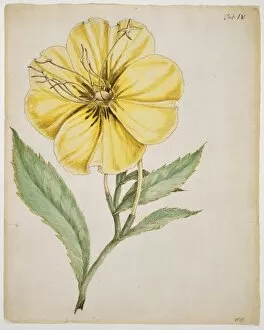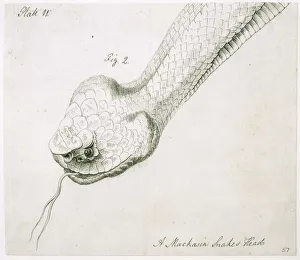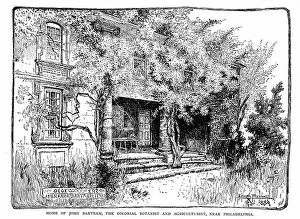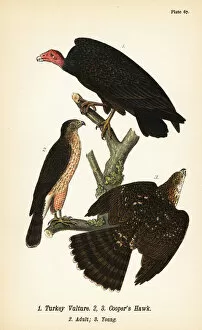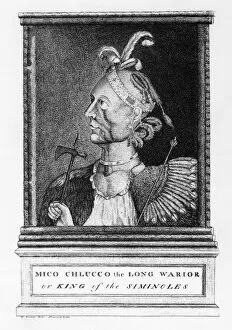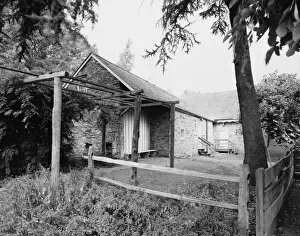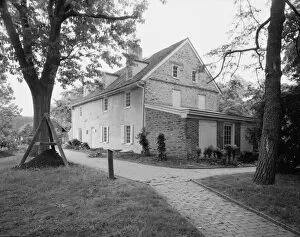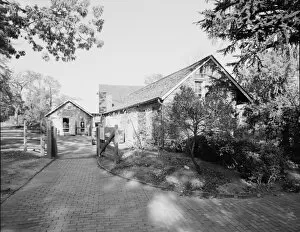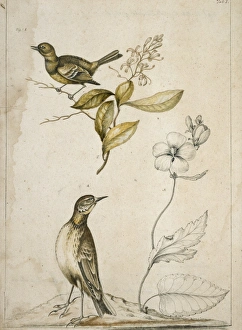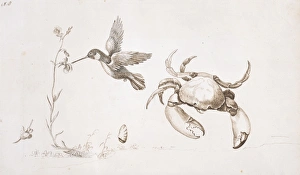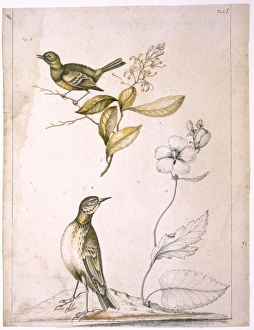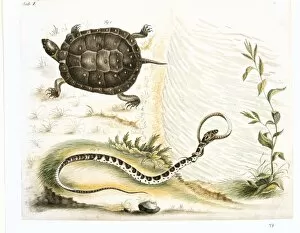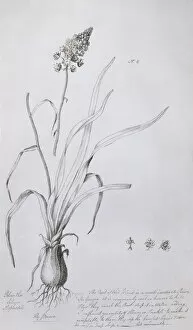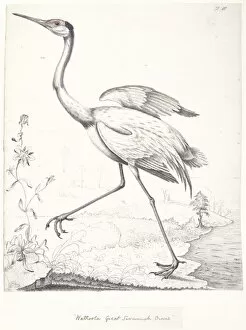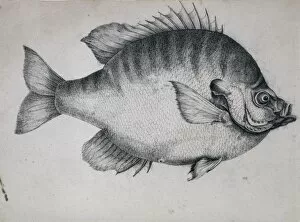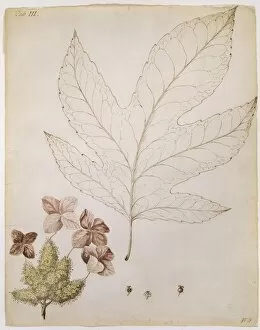Bartram Collection
"Exploring the Legacy of Bartram: A Journey through Nature's Wonders" Step into the world of Bartram, where botanical marvels and captivating wildlife await
All Professionally Made to Order for Quick Shipping
"Exploring the Legacy of Bartram: A Journey through Nature's Wonders" Step into the world of Bartram, where botanical marvels and captivating wildlife await. From the enchanting Franklinia alatamaha, also known as Franklinia, to the delicate Sabatia bartramii or Savannah Pink, nature's beauty unfolds in every corner. Immerse yourself in the realm of Eacles imperialis, commonly referred to as Imperi - a majestic moth that graces us with its presence. As you wander further, be greeted by vibrant Oenothera grandiflora or Evening Primrose, painting landscapes with their radiant blooms. But tread carefully. Watch out for Agkistrodon piscivorus - the notorious Cottonmouth Snake lurking nearby. Its venomous gaze reminds us of nature's duality. Look up to witness a mesmerizing dance between Turkey Vultures and Cooper's Hawks soaring high above. Their graceful flight patterns weave tales of freedom and survival against all odds. In this diverse tapestry lies an unexpected sight – a Siamese Cat sitting upright with curiosity gleaming in its eyes. A reminder that even amidst wilderness, companionship can be found in unlikely places. Travel back in time to explore John Bartram's House – a sanctuary built by American botanist and agriculturist John Bartram himself. Marvel at his collection of Nyssa ogeche or Ogeechee Lime trees and Crataegus sp. , better known as Hawthorn bushes - testaments to his passion for horticulture. Gaze upon the seed house from the southeast and greenhouse from the southwest; these structures stand as silent witnesses to John Bartram’s dedication towards nurturing plants that would shape our understanding of botany today. Lastly, meet Mico Chlucco - The Long Warrior; an esteemed Seminole Chief who carries on Bartram’s legacy through generations. His connection with the land and its people echoes the profound impact of Bartram's explorations.

